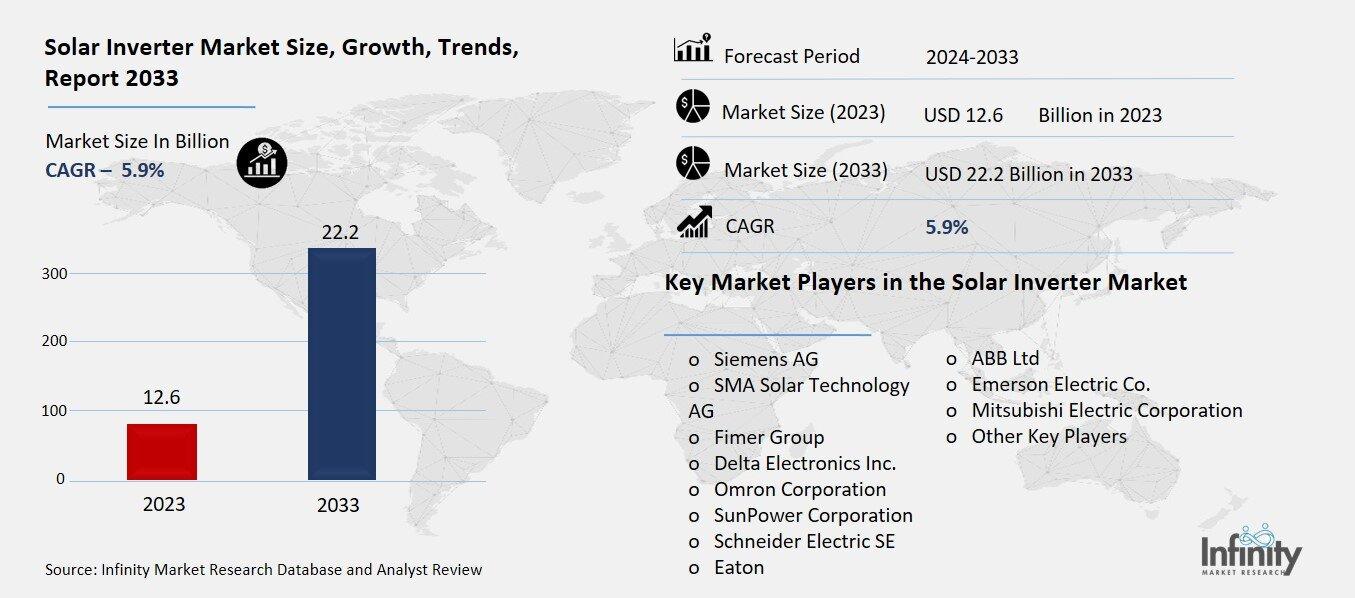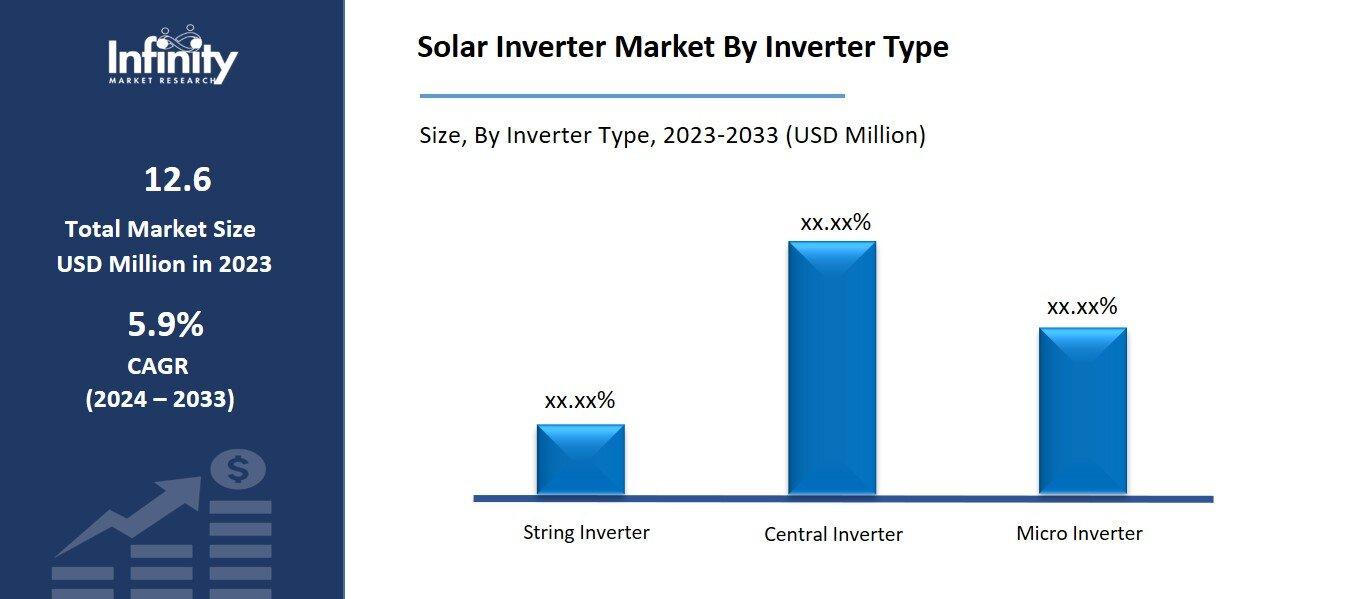
🔐 Secure Payment Guaranteed
Safe checkout with trusted global payment methods.
🌟 Why Choose Infinity Market Research?
At Infinity Market Research, we dont just deliver data — we deliver clarity, confidence, and competitive edge.
In a world driven by insights, we help businesses unlock the infinite potential of informed decisions.
Here why global brands, startups, and decision-makers choose us:
Industry-Centric Expertise
With deep domain knowledge across sectors — from healthcare and technology to manufacturing and consumer goods — our team delivers insights that matter.
Custom Research, Not Cookie-Cutter Reports
Every business is unique, and so are its challenges. Thats why we tailor our research to your specific goals, offering solutions that are actionable, relevant, and reliable.
Data You Can Trust
Our research methodology is rigorous, transparent, and validated at every step. We believe in delivering not just numbers, but numbers that drive real impact.
Client-Centric Approach
Your success is our priority. From first contact to final delivery, our team is responsive, collaborative, and committed to your goals — because you re more than a client; you re a partner.
Recent Reports
Global Myopia Control Lenses Market Report 2025-33
Hyaluronic Acid-based Dermal Fillers Market Report
Solar Inverter Market
Global Solar Inverter Market (By Inverter Type, String Inverter, Central Inverter, and Micro Inverter; By System Type, On Grid and Off-Grid; By Inverter Phase, Single-Phase and Three-Phase; By Application, Residential, Commercial, and Utilities; By Region and Companies), 2024-2033
Nov 2024
Energy and Power
Pages: 138
ID: IMR1289
Solar Inverter Market Overview
Global Solar Inverter Market acquired the significant revenue of 12.6 Billion in 2023 and expected to be worth around USD 22.2 Billion by 2033 with the CAGR of 5.9% during the forecast period of 2024 to 2033. The market for solar inverter is a growing all across the world due to enhancing demand of solar energy products in residential, commercial and industrial uses. A solar inverter is an important part of a solar system to transform direct current sunlight, which is produced by solar panel, into alternating current for the electrical grid or for use in home appliances.

The specific segments that drive growth in the market include increase in usage of clean energy, favorable government policies and regulations on renewable energy products, string inverters, central inverters and micro inverters. Major stakeholders in the market are chains extension on smart inverters and energy storage solutions to improve the functioning of the system and avoid grid failures.
Drivers for the Solar Inverter Market
Growing Demand for Clean Energy
The increase in awareness regarding reduction in emissions, and preventing global warming all over the world has sparked the interest in distinct energy sources such as solar power as opposed to the conventional sources of energy such as fossil fuel. Ministries and businesses and citizens in many countries are appreciating the impact of solar energy which produces electric power without polluting the atmosphere with greenhouse gases. Such change is backed by global treaties, including the Paris Climate Accord and domestic policies that aim to de-carbonize electricity generation. This prior knowledge implies that as solar power emerges as an elementary element of these initiatives, there is a growing need for solar infrastructure, such as solar inverters. For any solar application, solar inverters are important because their primary function is to convert the direct current produced by solar panels into more useful alternating current.
Restraints for the Solar Inverter Market
Fluctuating Raw Material Prices
The volatility in the prices of raw materials such as semiconductors, copper, aluminum, and other metals used in the production of solar inverters poses significant challenges for manufacturers. Semiconductors, in particular, are a critical component for inverter efficiency and performance, but global supply chain disruptions, rising demand from multiple industries (including electronics and electric vehicles), and geopolitical factors have contributed to erratic pricing. Similarly, fluctuations in the prices of metals like copper and aluminum, which are used in wiring, casings, and other essential parts of inverters, can result in increased production costs.
Opportunity in the Solar Inverter Market
Growth in Energy Storage Integration
The growing trend of hybrid systems, which combine solar power with battery storage, is creating new opportunities for solar inverter manufacturers to innovate and expand their product offerings. Hybrid systems enable solar power users to store excess energy generated during the day for use during periods of low sunlight or peak demand, enhancing energy independence and reliability. This is particularly beneficial in regions with unreliable grid infrastructure or in markets where consumers aim to reduce reliance on the grid and maximize their use of renewable energy.
To meet this demand, manufacturers are developing advanced inverters that can seamlessly manage both solar energy generation and battery storage. These hybrid inverters allow for the efficient conversion and storage of energy, while also providing features like smart energy management, grid support, and backup power capabilities.
Trends for the Solar Inverter Market
Focus on Sustainability and Eco-Friendly Manufacturing
Manufacturers in the solar inverter market are increasingly prioritizing the use of sustainable and eco-friendly materials in their product designs, aligning with the growing global emphasis on sustainability and environmental responsibility. As the renewable energy sector itself is driven by the need to reduce carbon emissions and minimize environmental impact, inverter manufacturers are taking additional steps to ensure their products contribute to these goals throughout their lifecycle. This includes using recycled materials, reducing the use of hazardous substances, and designing products that are more energy-efficient and have a longer lifespan, thereby reducing waste.
Segments Covered in the Report
By Inverter Type
o String Inverter
o Central Inverter
o Micro Inverter
By System Type
o On-Grid
o Off-Grid
By Inverter Phase
o Single-Phase
o Three-Phase
By Application
o Residential
o Commercial
o Utilities
Segment Analysis
By Inverter Type Analysis
On the basis of inverter type, the market is divided into string inverter, central inverter, and micro inverter. Among these, central inverter segment acquired the significant share in the market. Central inverters are designed to handle high power capacities, making them ideal for systems that require efficient management of substantial energy production. Their ability to manage the energy generated from a large number of solar panels in one centralized unit helps reduce system complexity and costs, particularly in extensive installations. Additionally, central inverters offer cost advantages due to economies of scale, as they are often more cost-effective per watt when compared to other inverter types, such as string or micro inverters.

By System Type Analysis
On the basis of system type, the market is divided into on-grid and off-grid. Among these, on-grid segment held the prominent share of the market due to the widespread adoption of grid-connected solar systems in residential, commercial, and utility-scale projects. On-grid systems allow users to directly connect their solar energy systems to the electrical grid, enabling them to sell excess power back to the utility company through net metering, which provides financial incentives and reduces energy bills. This feature has made on-grid systems particularly attractive in regions with favorable government policies and feed-in tariffs, further boosting their adoption.
By Inverter Phase Analysis
On the basis of inverter phase, the market is divided into single-phase and three-phase. Among these, three-phase segment held the significant share of the market. Three-phase inverters are capable of handling larger loads and distributing power more evenly across the grid, making them ideal for large-scale solar installations, such as utility-scale solar farms, manufacturing plants, and commercial buildings. Additionally, three-phase inverters are more efficient for transmitting power over long distances and for managing the energy needs of high-demand environments, which is crucial in industrial settings.
By Application Analysis
On the basis of application, the market is divided into residential, commercial, and utilities. Among these, utilities segment held the most of the share of the market due to the rising deployment of large-scale solar power projects by utility companies to meet growing energy demand and renewable energy targets. Utility-scale solar farms, which often span vast areas, require high-capacity solar inverters to efficiently manage and convert the substantial amounts of electricity generated by numerous solar panels. This makes utility-scale projects a key driver for solar inverter demand, particularly for central inverters, which are well-suited for handling large power loads.
Regional Analysis
North America Dominated the Market with the Highest Revenue Share
North America held the most of the share of 34.1% of the market. The region has seen significant investments in renewable energy infrastructure, driven by strong governmental support and favorable policies aimed at increasing the adoption of clean energy technologies. Federal incentives, such as tax credits and grants for solar installations, have encouraged both residential and commercial sectors to invest in solar power systems, leading to higher demand for solar inverters.
Additionally, technological advancements and innovation in solar inverter designs have contributed to the growth of the market in North America. Companies in the region are actively developing more efficient, smart inverters that can integrate with energy storage solutions and advanced grid management systems, enhancing overall system performance and reliability.
Competitive Analysis
The competitive landscape of the solar inverter market is characterized by a diverse array of players, ranging from established multinational corporations to innovative startups, all vying for market share in a rapidly growing sector. Key industry players such as Siemens, SMA Solar Technology, and Schneider Electric have leveraged their extensive experience and technological expertise to develop advanced inverter solutions that cater to various applications, from residential to utility-scale projects. These companies often invest heavily in research and development to enhance product efficiency, reliability, and integration with emerging technologies like energy storage and smart grids.
Recent Developments
In August 2023, Siemens announced its intention to expand manufacturing capacity in the United States by establishing a new factory dedicated to producing 800 MW of utility-scale string inverters annually.
Key Market Players in the Solar Inverter Market
o Siemens AG
o SMA Solar Technology AG
o Fimer Group
o Delta Electronics Inc.
o Omron Corporation
o SunPower Corporation
o Schneider Electric SE
o Eaton
o ABB Ltd
o Emerson Electric Co.
o Mitsubishi Electric Corporation
o Other Key Players
|
Report Features |
Description |
|
Market Size 2023 |
USD 12.6 Billion |
|
Market Size 2033 |
USD 22.2 Billion |
|
Compound Annual Growth Rate (CAGR) |
5.9% (2023-2033) |
|
Base Year |
2023 |
|
Market Forecast Period |
2024-2033 |
|
Historical Data |
2019-2022 |
|
Market Forecast Units |
Value (USD Billion) |
|
Report Coverage |
Revenue Forecast, Market Competitive Landscape, Growth Factors, and Trends |
|
Segments Covered |
By Inverter Type, System Type, Inverter Phase, Application, and Region |
|
Geographies Covered |
North America, Europe, Asia Pacific, and the Rest of the World |
|
Countries Covered |
The U.S., Canada, Germany, France, U.K, Italy, Spain, China, Japan, India, Australia, South Korea, and Brazil |
|
Key Companies Profiled |
Siemens AG, SMA Solar Technology AG, Fimer Group, Delta Electronics Inc., Omron Corporation, SunPower Corporation, Schneider Electric SE, Eaton, ABB Ltd, Emerson Electric Co., and Mitsubishi Electric Corporation, and Other Key Players. |
|
Key Market Opportunities |
Growth in Energy Storage Integration |
|
Key Market Dynamics |
Growing Demand for Clean Energy |
📘 Frequently Asked Questions
1. Who are the key players in the Solar Inverter Market?
Answer: Siemens AG, SMA Solar Technology AG, Fimer Group, Delta Electronics Inc., Omron Corporation, SunPower Corporation, Schneider Electric SE, Eaton, ABB Ltd, Emerson Electric Co., and Mitsubishi Electric Corporation, and Other Key Players.
2. How much is the Solar Inverter Market in 2023?
Answer: The Solar Inverter Market size was valued at USD 12.6 Billion in 2023.
3. What would be the forecast period in the Solar Inverter Market?
Answer: The forecast period in the Solar Inverter Market report is 2024-2033.
4. What is the growth rate of the Solar Inverter Market?
Answer: Solar Inverter Market is growing at a CAGR of 5.9% during the forecast period, from 2023 to 2033.


🔐 Secure Payment Guaranteed
Safe checkout with trusted global payment methods.
🌟 Why Choose Infinity Market Research?
- Accurate & Verified Data:Our insights are trusted by global brands and Fortune 500 companies.
- Complete Transparency:No hidden fees, locked content, or misleading claims — ever.
- 24/7 Analyst Support:Our expert team is always available to help you make smarter decisions.
- Instant Savings:Enjoy a flat $1000 OFF on every report.
- Fast & Reliable Delivery:Get your report delivered within 5 working days, guaranteed.
- Tailored Insights:Customized research that fits your industry and specific goals.




